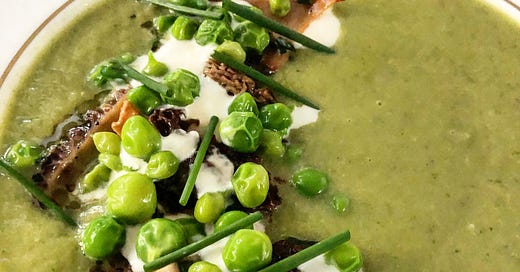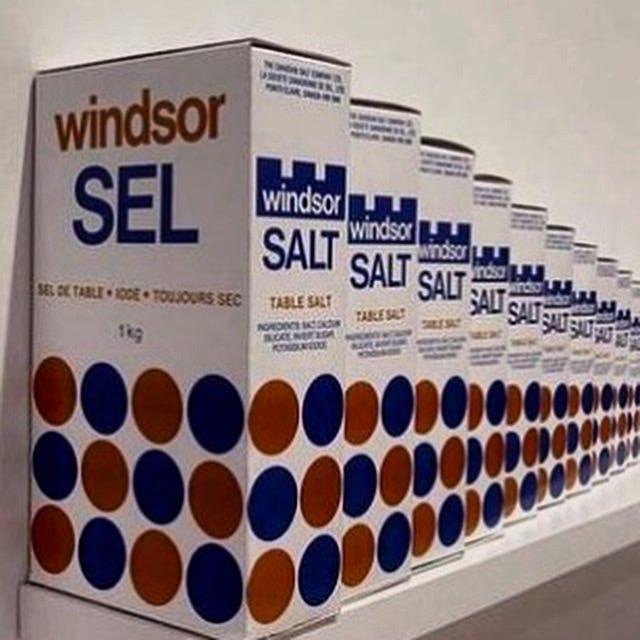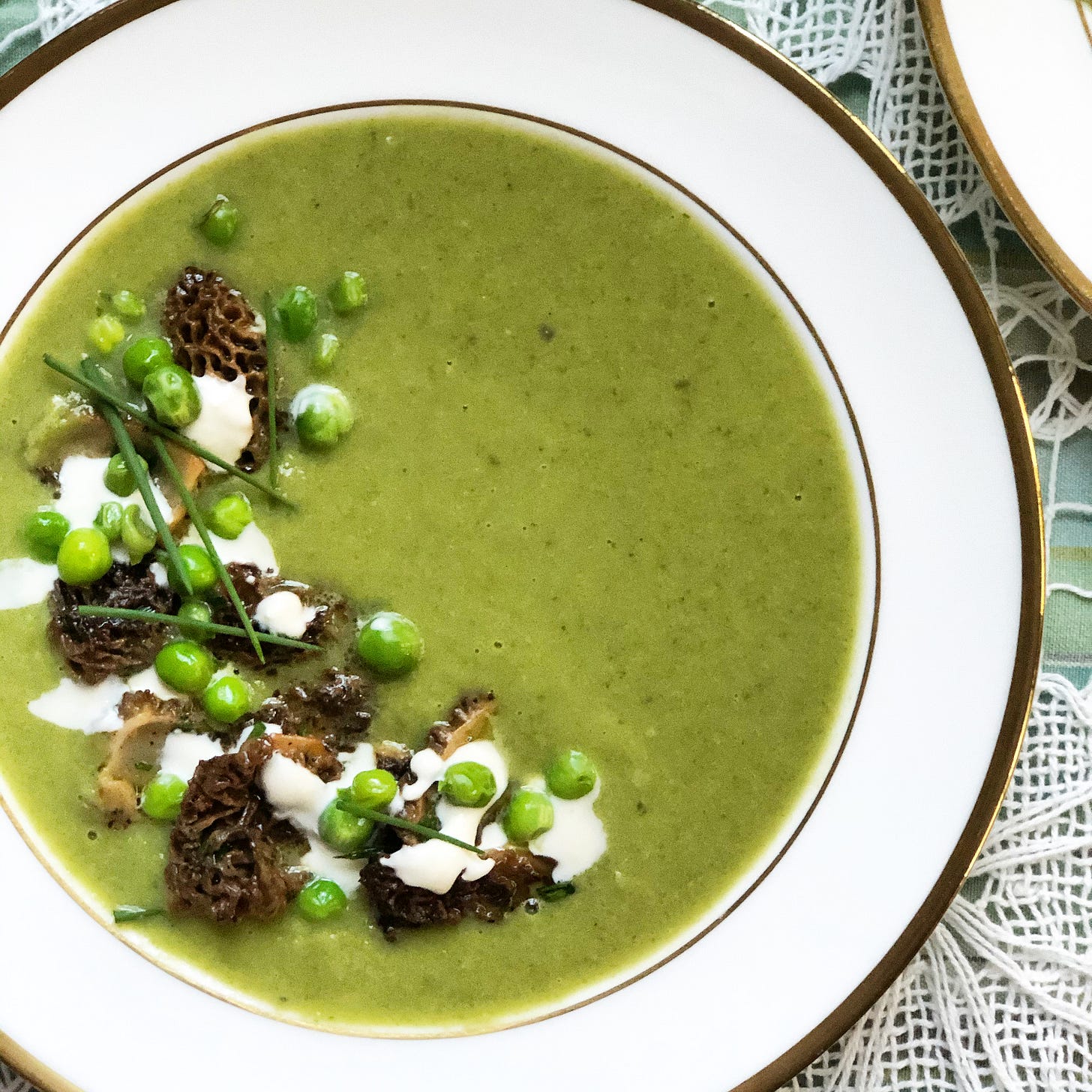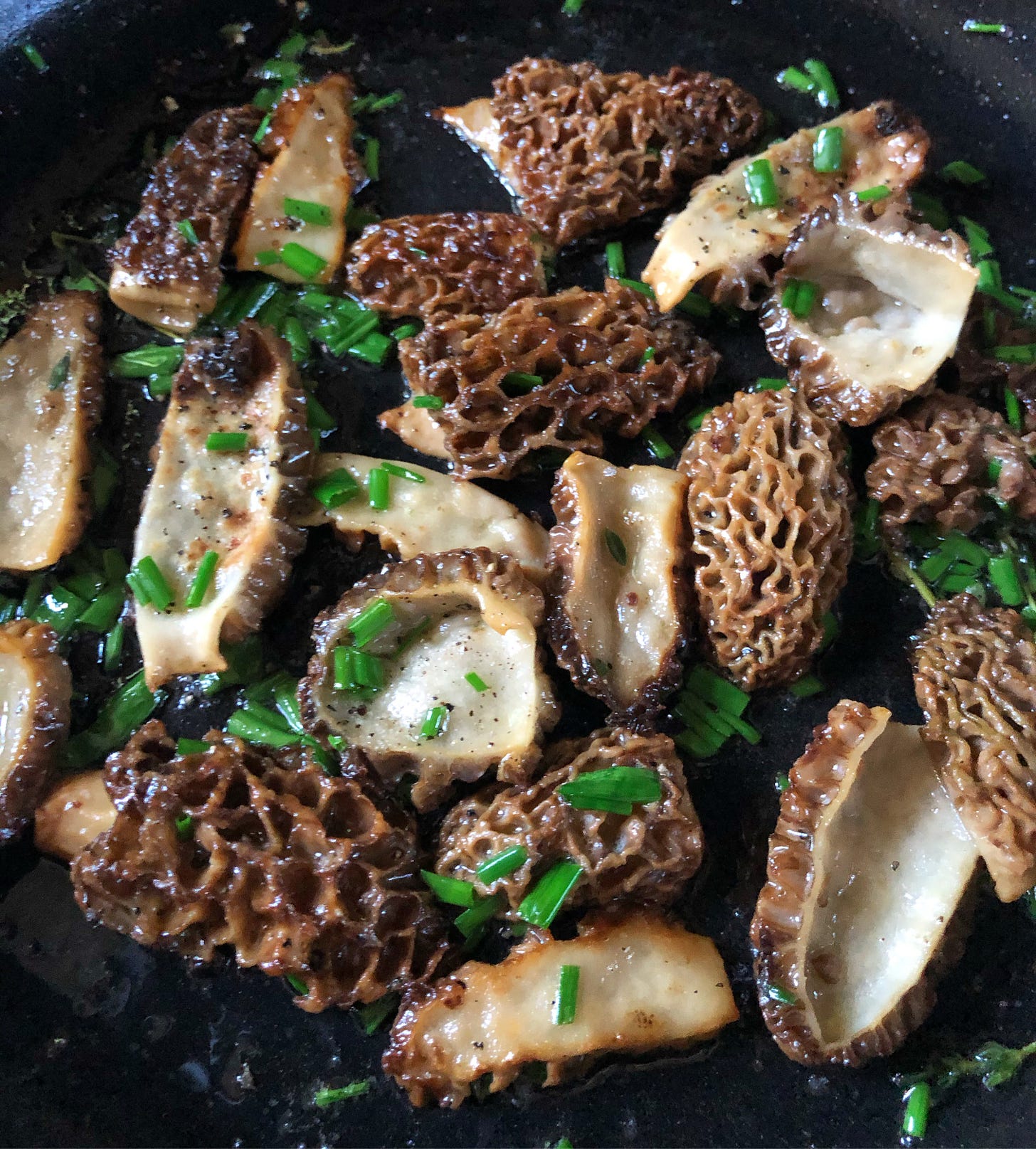Battles were fought over it. Trade wars ensued with its discovery. Workers were paid with it, and intricate transportation systems built around it. It could be said that without it, entire civilizations would not have survived and thrived. And yet, there it is, on your kitchen counter and mine, this thing that was seemingly the backbone of everything. Salt.
It seems hard to fathom now, but the location of a salt mine could give birth to great industry and wealth. Archeologists have discovered large quantities of gold objects near Solnitsata, believed to be the oldest town in Europe and the site of a salt production facility approximately six millennia ago. It may well have been the original salt road in Europe, leading to many more. Via Salaria in southern Italy was another, and the salt trade that flourished on this route from the Tiber River northwards is said to have given rise to Rome.
Of course the key reason for all this is we simply can’t survive without salt. All life, in one way or another, depends on this simple chemical compound to live.
And so from this exalted past to our kitchen counter.
Variety is the spice of life
It used to be that recipes simply called for salt, and we all knew what that meant. It came in a box, it was iodized, it was cheap and it was an afterthought to the main attraction. “Season to taste” allowed us to cater to our own proclivities and whims. In my house, it was Windsor Salt, the blue and gold polka dot box a fixture in the cupboard.
But now it seems that salt is back to the cult-like status it enjoyed centuries ago. There are endless variety of salts available, reminding us that provenance makes a difference in taste.
It’s not just grapes or olives that have terroir; salt is equally a product of its place. Guérande fleur de sel of Brittany; the sale marino collected by hand from the salt pans in Trapani, Sicily; Himalayan pink salt: all have subtle but distinctive flavour notes. And with a simple sprinkle these salts also take us on a bit of a journey to far flung places.
Salt of the earth
Along with my cookbooks, I’m a bit of a salt collector too. I love to wander the aisles of grocery stores near and far from home seeking new taste sensations. A trip to Paris is incomplete without a stop at La Grande Epicerie; a weekend visit to The Spice Trader is equally satisfying. In those wanderings, I always look for a new salt to add to my cupboard. When we get back to travelling, I’m taking this list of the world’s 50 best food shops with me and hitting all the best food stores in the world, searching for more.
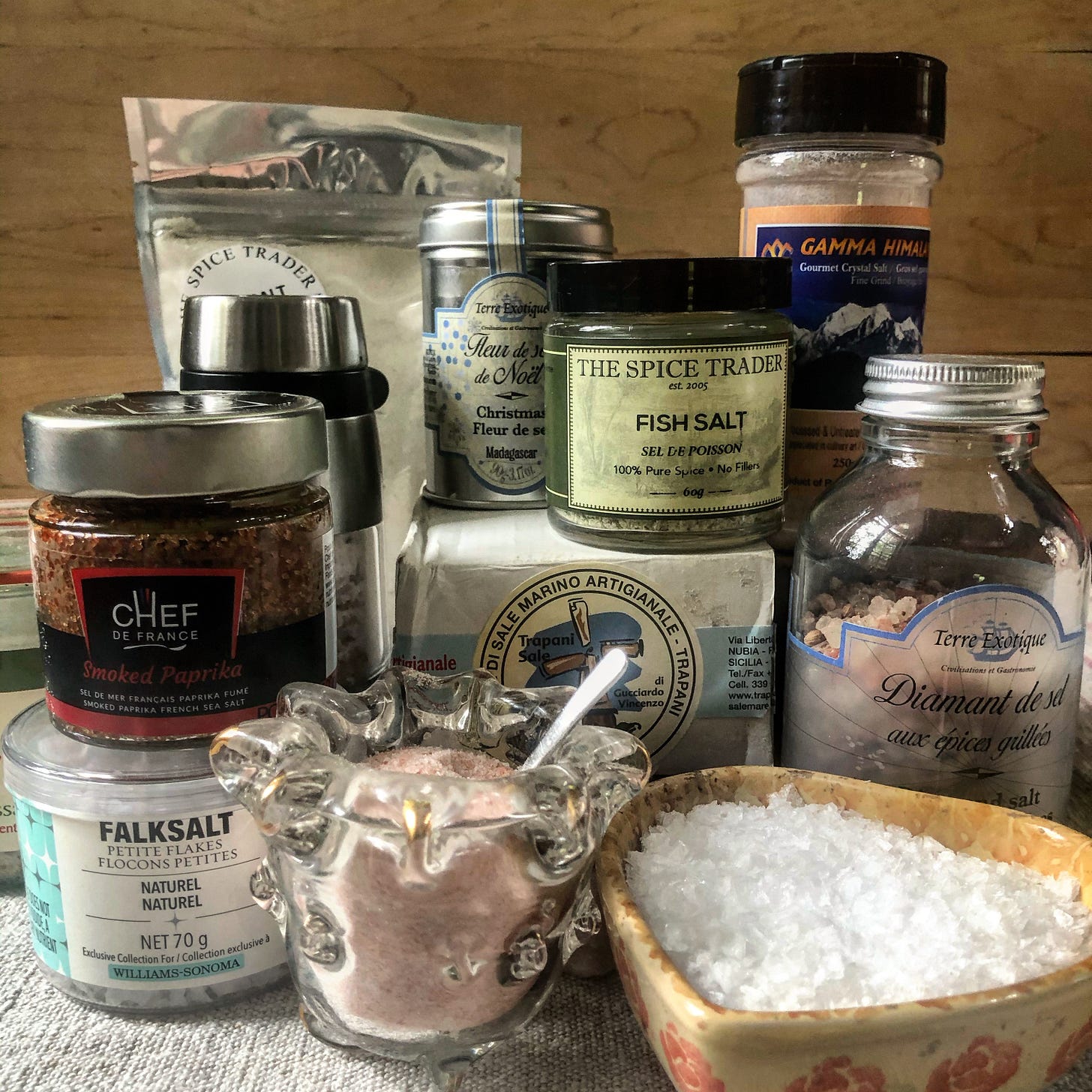
But if I had to choose just one salt, the choice is easy. Kosher salt is my go-to, Diamond my brand. Additive-free, it is racked during evaporation, which creates its characteristic flakes. That flakiness means you’re using less salt per pinch or measure, making it easier to control just how much salt you’re adding to your food. Plus the lack of distinctive flavours, whether naturally derived or added, means that the flavour of your food shines through (for everything from chocolate chip cookies to a crisp green salad, use my favourite finishing salt, Maldon, which also comes in an amazing smoked version).
As I’ve been diving into my favourite seasonal cookbooks, it seems that for many professional cooks, kosher salt is definitely king, too. This week’s featured seasonal cookbook, Farm to Chef, by Lynn Crawford, is no exception. Every recipe calls for kosher salt as a matter of course. Or perhaps more accurately, as a matter of taste.
While the seasonal choices in this cookbook are many, in the end it was easy to choose, and perhaps not surprising that my husband, the resident soup chef, chose to make this one. With fresh asparagus finally making its way to the farmers’ market, and morels to be had, this vibrant green soup makes the most of fleeting and magical spring.
Asparagus Soup with Morels and Lemon Creme Fraiche
serves 6
Morel mushrooms are a seasonal delicacy that aren’t always easy to find, and can be pricey when you do track them down. Use any type of wild mushrooms in their place; shiitake, hen-of-the-woods and oyster mushrooms are all good choices. Because many mushrooms are now cultivated rather than foraged, these alternatives are also more likely to be readily available.
Ingredients
For the soup
2 tablespoons (28 gr) unsalted butter
2 tablespoons olive oil
1 large leek, white and light green parts only, halved, thinly sliced and rinsed
½ cup sliced shallots
2 pounds (900 g) asparagus, woody ends trimmed, stems cut into 2-inch lengths
4 cups (1 L) vegetable or chicken stock
Kosher salt and cracked black pepper
2 cups baby spinach
1 cup (135 gr) cooked green peas, optional
For the morels
2 tablespoons (28 gr) unsalted butter
1 cup (65 gr) morel mushrooms, washed well, trimmed, dried and halved
2 sprigs fresh thyme
Kosher salt and cracked black pepper
2 tablespoons chopped chives
For the lemon crème fraiche
¼ cup (58 gr) crème fraiche or sour cream
1 teaspoon grated lemon zest
1 teaspoon lemon juice
Make the soup
In a large heavy saucepan over medium heat, melt the butter with the olive oil. When the butters starts to foam, add the leeks and shallots and cook until soft but not browned, about 5 to 7 minutes. Add the asparagus and sauté for an additional 2 minutes.
Add the stock, bring to a boil and then reduce heat and simmer until the asparagus is tender, about 5-7 minutes. Stir in the spinach and remove from heat.
Working in batches, purée soup in a blender, and pour soup back into pan and keep warm. For a “cheffy” touch, you can strain the soup back into the pan for a silky smooth texture: I like to use all the soup without straining.
Prepare the morels
In a medium sauté pan over medium-high heat, combine butter, morels, and thyme. Cook for 3-4 minutes, and season to taste with salt and pepper. Remove from heat, remove thyme sprigs and stir in chives. Set aside.
Make the lemon crème fraiche
In a small bowl, whisk together crème fraiche, lemon juice and lemon zest.
To serve, top each bowl of soup with morels, a dollop of lemon crème fraiche, and sprinkling of peas, if using.


